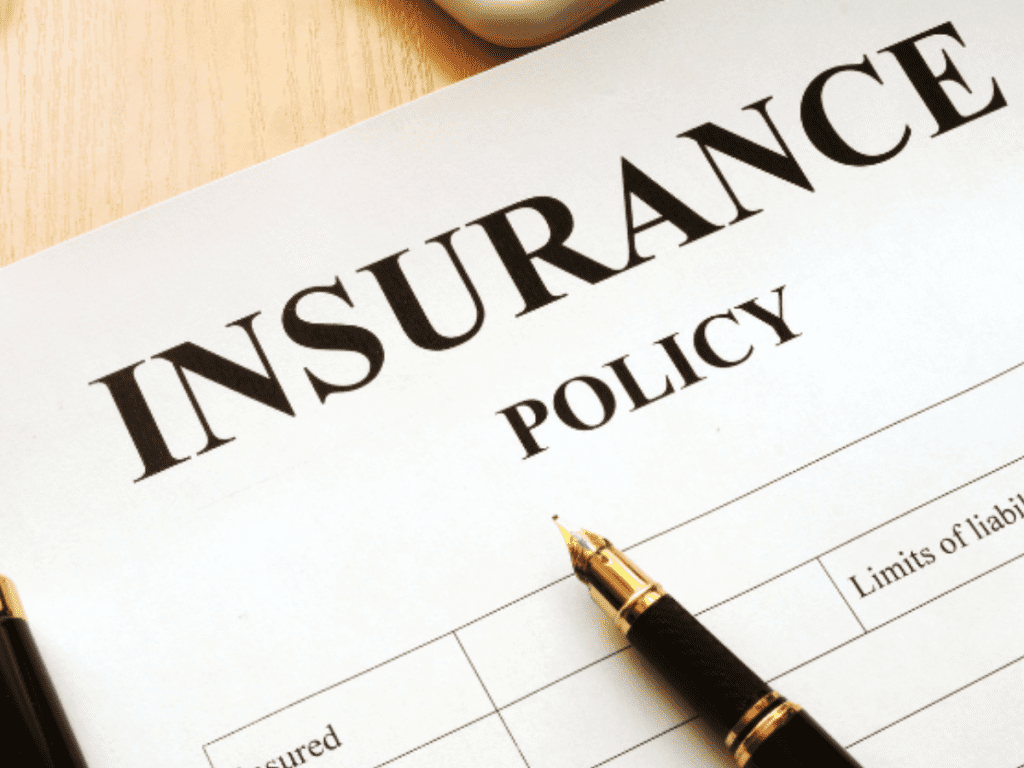Introduction
Owning a home is one of the most significant milestones in life. It represents stability, achievement, and, for many, the culmination of years of hard work. However, with the joys of homeownership come responsibilities, and among the most crucial is safeguarding your property with homeowners insurance. This essential financial tool provides peace of mind by protecting your biggest investment from unforeseen risks and disasters. In this comprehensive guide, we will delve into what homeowners insurance is, why it matters, the coverage it provides, and how to choose the best policy for your needs.
What Is Homeowners Insurance?
Homeowners insurance is a type of property insurance that offers financial protection against damages to your home, its contents, and liability for accidents that may occur on your property. It acts as a safety net, ensuring that you do not bear the full brunt of unexpected events such as fires, storms, theft, or accidents. While it is not legally required in most places, mortgage lenders typically mandate homeowners insurance as a condition for approving loans.
Why Homeowners Insurance Matters
Your home is likely the most valuable asset you own. Beyond its monetary value, it holds emotional significance as the place where memories are made and lives unfold. Protecting this investment is crucial for several reasons:
- Financial Security: Homeowners insurance helps cover repair or replacement costs if your home or belongings are damaged or destroyed by covered perils. Without it, you may face significant out-of-pocket expenses.
- Mortgage Requirement: Most lenders require borrowers to maintain homeowners insurance to protect their financial interests in the property. Without coverage, your lender may purchase a policy on your behalf, which is often more expensive and less comprehensive.
- Liability Protection: Accidents happen, and if someone is injured on your property, you could be held liable. Homeowners insurance includes liability coverage to handle medical expenses and legal costs, shielding you from potentially devastating financial consequences.
- Peace of Mind: Knowing that you are protected against unforeseen events allows you to focus on enjoying your home and planning for the future without constant worry.
What Does Homeowners Insurance Cover?
A standard homeowners insurance policy typically includes the following types of coverage:
1. Dwelling Coverage
This covers the structure of your home, including walls, roof, floors, and built-in appliances, against damages caused by covered perils such as fire, windstorms, hail, and vandalism. It ensures that you can repair or rebuild your home if it is damaged or destroyed.
2. Other Structures Coverage
This extends protection to detached structures on your property, such as garages, sheds, fences, or gazebos. These are covered against the same perils as your main dwelling.
3. Personal Property Coverage
Your belongings, including furniture, electronics, clothing, and appliances, are protected under this coverage. It applies whether the items are damaged or stolen inside or outside your home. Some policies also include coverage for valuable items like jewelry or artwork, but these may require additional riders.
4. Liability Coverage
If someone is injured on your property or you are responsible for damages to someone else’s property, liability coverage steps in to pay for medical bills, legal fees, and settlements. This protection can also extend to incidents that occur away from your home.
5. Loss of Use Coverage
If your home becomes uninhabitable due to a covered event, this coverage pays for additional living expenses, such as hotel stays, meals, and transportation, while your home is being repaired or rebuilt.
6. Medical Payments Coverage
This provides coverage for minor injuries sustained by guests on your property, regardless of fault. It is designed to handle small medical expenses and prevent lawsuits.
What Homeowners Insurance Does Not Cover
While homeowners insurance offers extensive protection, it does not cover everything. Common exclusions include:
- Flood Damage: Standard policies do not cover flood damage. You may need to purchase separate flood insurance if you live in a flood-prone area.
- Earthquake Damage: Like floods, earthquakes require separate coverage.
- Wear and Tear: Routine maintenance and aging of your home are not covered.
- High-Value Items: Expensive items like jewelry, collectibles, or art may require additional riders for full protection.
- Acts of War or Government Action: Damages resulting from war or government seizures are typically excluded.
It is essential to read your policy carefully to understand its limitations and exclusions. Supplementary coverage can often be added to address specific risks.
How to Choose the Right Homeowners Insurance
Selecting the right homeowners insurance policy involves evaluating your needs, comparing options, and understanding your coverage. Here are key steps to guide you:
1. Assess Your Coverage Needs
Consider the value of your home, the cost of rebuilding, and the worth of your personal belongings. Take an inventory of your possessions and document them with photos or videos to determine the level of personal property coverage you require.
2. Understand Policy Types
Homeowners insurance policies come in different forms, such as HO-1, HO-2, HO-3, and HO-5, with varying levels of coverage. HO-3 policies are the most common, offering broad protection for your home and personal property against named perils.
3. Compare Quotes
Obtain quotes from multiple insurance providers to find competitive rates. Ensure that you compare policies with similar coverage levels and deductibles to make an informed decision.
4. Check Deductibles and Limits
A deductible is the amount you must pay out of pocket before your insurance kicks in. Higher deductibles usually result in lower premiums but can be costly in the event of a claim. Make sure your policy limits are sufficient to cover potential losses.
5. Evaluate Additional Coverage
If you live in an area prone to natural disasters, consider purchasing additional coverage for floods, earthquakes, or hurricanes. Similarly, if you own valuable items, discuss adding riders to your policy.
6. Research the Insurance Provider
Choose a reputable insurer with a strong financial rating and positive customer reviews. Look for a company known for prompt claims processing and excellent customer service.
7. Review Discounts
Many insurers offer discounts for bundling policies, installing security systems, or maintaining a claims-free record. Ask about available discounts to reduce your premium.
Tips for Filing a Homeowners Insurance Claim
Filing a claim can be stressful, but being prepared can streamline the process. Follow these steps:
- Document the Damage: Take photos or videos of the damage to your property and belongings.
- Notify Your Insurer: Contact your insurance company as soon as possible to report the incident.
- Provide Necessary Documentation: Submit receipts, repair estimates, and any other required documents to support your claim.
- Cooperate with the Adjuster: An insurance adjuster will assess the damage and determine the payout. Be available to answer questions and provide additional information.
- Keep Records: Maintain copies of all correspondence and documents related to your claim.
Conclusion
Homeowners insurance is a vital safeguard that protects your biggest investment and offers peace of mind in the face of life’s uncertainties. By understanding the coverage it provides, its limitations, and how to choose the right policy, you can ensure that your home and family are well-protected. Take the time to evaluate your needs, compare options, and work with a reputable insurer to secure a policy that aligns with your unique circumstances. With the right homeowners insurance in place, you can enjoy the comforts of homeownership with confidence and security.

